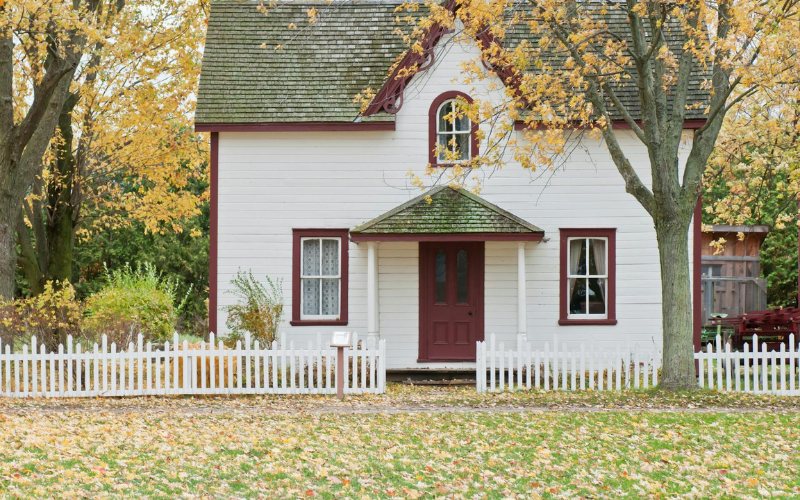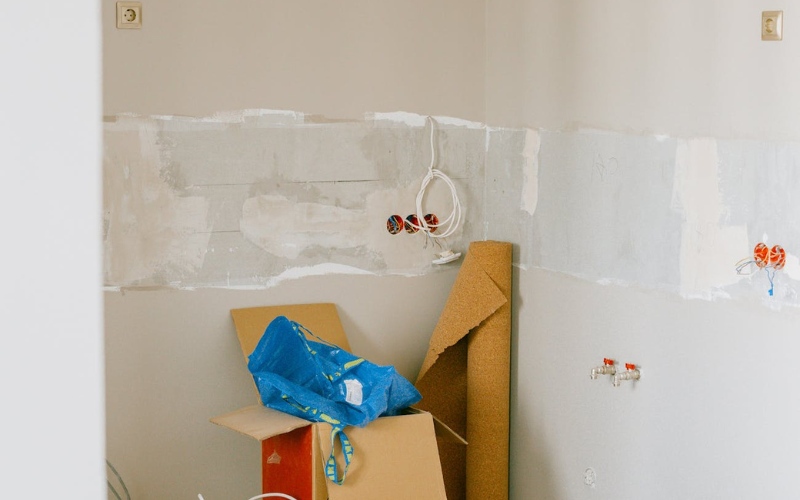For a seamless water heater upgrade, strategic planning is your key! Don’t rush into it—take the time to understand the details and critical aspects involved. Thinking carefully will be key. It will ensure your hot water system runs well and stays efficient.
Setting up or changing a water heater might appear challenging. Yet, with help, it can be simple and fulfilling.
Whether you’re a DIY pro or opt for expert help, this guide has your back through every step of water heater installation!
Getting the Best Water Heater
The most important first step is choosing the right water heater for what you need. Here’s what you need to know to pick the right one for you:
Size of the Household: Think about how many people are using hot water in your house. If you’ve got a big family, you might need a heftier tank.
- Hot Water Needs: Consider your daily hot water habits. Do you take super long showers or run the dishwasher often? This helps determine the tank size to keep up with your hot water demands.
- Efficient Energy Use: We all want to be kind to our wallets and the planet, right? Check out the energy efficiency ratings. Tankless heaters save energy, but they might cost more at first.
- Tank or Tankless: Traditional tanks store hot water, ready to roll whenever you need it. Tankless heaters heat water on the spot. They save energy but might struggle if everyone showers at once.
- Gas or Electric: Gas heaters are quick and mighty, but they need a gas line. Electric ones are simpler to install but might take a bit longer to heat up.
Preparing for Installation
After selecting the right water heater, effective preparation is crucial. Turn off the power and water supply, drain the old unit, and clear the surrounding area for easy access. Also, make sure to follow local rules and get the permits you need. This proactive approach ensures an easy installation. It minimizes unexpected challenges.
DIY Installation Tips
Here are some essential tips for DIY enthusiasts. They will make the installation smoother:
- Read the Manufacturer’s Instructions first. Before starting, carefully go through them. Your water heater provides them. It’s the roadmap for the installation process and ensures you’re on the right track.
- Gather the Right Tools: Make sure you have all the necessary tools listed in the manual. The right tools make the job faster. They also prevent mid-installation hiccups.
- Focus on Safety: Hot water and installations can pose risks. Invest in proper safety gear, including gloves and safety glasses, to protect yourself. Follow safety precautions mentioned in the manual to prevent accidents.
- Check Local Permits: Some areas need permits for water heater installations. Check with your local authorities. See if you need permits before starting. This ensures compliance with regulations.
- Double-Check Your Work: Take your time at each stage of the installation process. Double-check your connections, fittings, and any adjustments you make. This careful approach helps catch and fix issues early. It stops them from becoming bigger problems.
- Consult reliable sources for guidance: If you face challenges or uncertainties, seek guidance from reputable sources. You can get insights and solutions from online tutorials or manufacturer’s helplines. You can also get them from consulting experienced DIY forums.
Doing a DIY installation saves you money. It also ensures the safety and efficiency of your water heater.
Working with Expert Water Heater Installers
For those who prefer a hands-off approach, hiring pro installers is a wise investment. These experts bring knowledge, experience, and efficiency to the table.
Choose a reputable water heating installation with proper licensing and insurance. Discuss your specific requirements, and ask for a detailed estimate before proceeding. Hiring professionals ensures a careful installation. It reduces the risk of errors and ensures your water heater lasts.
Safety Measures
You may choose DIY or hire pros. But, safety is key either way. Turn off the power. Use proper safety gear. Follow all safety rules from the maker.
If you have problems during installation, seek professional help. Prioritizing safety ensures a secure and trouble-free water heater installation.
Maintenance for Longevity
Once you install your water heater, you must maintain it well. This will ensure its long life and efficiency. Flush the tank often to remove sediment buildup. Also, check for leaks and inspect the relief valve. Set the temperature to a safe level. Also, make it energy-efficient. If your area has hard water, consider installing water softeners.
Consistent upkeep helps maintain your water heater’s smooth operation. It also helps find and fix issues before they become big problems. Taking care of your investment pays off. It leads to a longer lifespan and consistent hot water.
Final Thoughts
In the end, installing or replacing a water heater takes care, prep, and following safety rules. You can choose the DIY route or prefer professionals. This guide gives you the knowledge to make informed choices. Follow these step-by-step instructions and key tips. They will help you have a reliable and efficient water heating system for many years.




